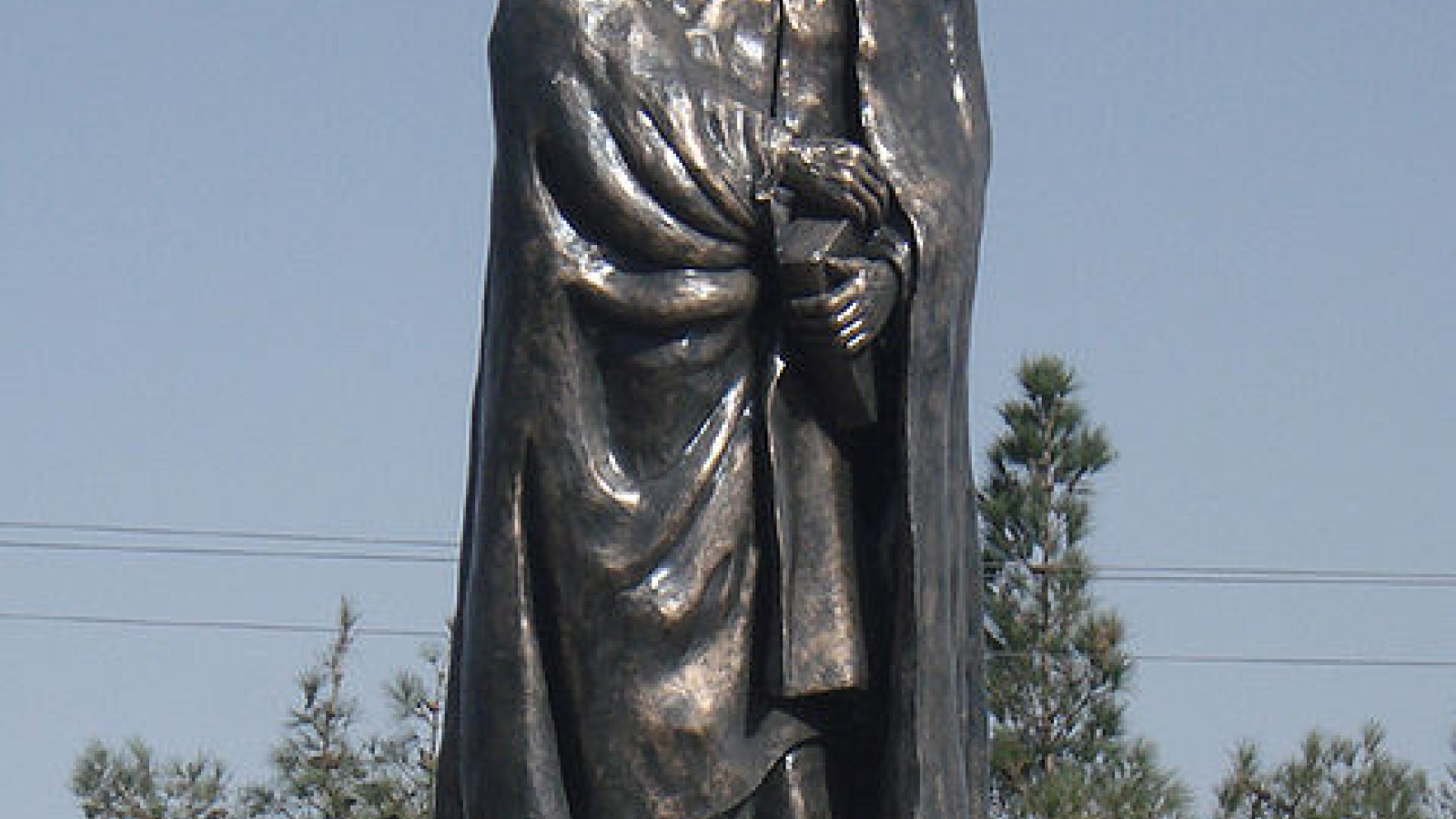
Sheikh Ahmad-e Jami, known as "the Colossal Elephant" (Zhandeh Pil), was a poet and scholar of 9th century AH. He was born on Sha'ban 23, 817 AH in Khar Gerd, a village in the Central District of Khaf County, Razavi Khorasan Province. He and his father, Ahmad Ibn Mohammad al-Dashti, who was one of the nobles in Jam, went to Herat when he was 13 in order to study under the supervision of scientists and scholars. After studying the sciences of his time in scientific centers, Herat and Samarkand, he became a member of Naqshbandi in Herat. This moderate spiritual order was founded by Khajeh Baha-ud-Din Naqshband Bukhari and developed during Timurid dynasty. The elders of the Naqshbandiyyah seriously followed Islamic law and hadith. They were the Sufis who opposed to any new interpretations or changes in religion or sharia.
Some considered Jami the most eloquent writer after Hafez. In Persian prose and poetry, he is the greatest and the last Sufi poet during 9th century AH, whose knowledge and wisdom spread not only through out Khorasan, but also in all countries with the speakers of the Persian language, from India and Afghanistan to Asia Minor. He has a lot of writings and books like Diwan of poems, Haft Awrang, Tajnīs 'al-luġāt, Nafahat al-Uns (Breaths of Fellowship), men Hazarat al-Ghods, Lawa'ih, Baharestan, Lavaye’I, Shawahidal-nubuwwa (Distinctive Signs of Prophecy), Asha’eh al-Lama’at. Jami dedicated some of his works to Sultan Husayn Bayqara and Sultan Ya'qub Aq Qoyunlu. He followed the style of Saadi and Hafez in Mathnawi, and he was inspired by Iraqi poets in Ghazal and Qaṣīda. His letters and correspondences are important in regard to history. In these letters, his audiences are the prominent kings or sultans, and celebrated scholars, such as Sultan Husayn Bayqara, Mehmed the Conqueror, or Mir Ali-Shir Nava'i (the vizier). Studying these letters demonstrates that his purpose for writing them were to solve the problems of people as they considered him as their sympathizer and patron.
He is known as Jami because of his birthplace and his sincerity to Shaykh al-Islām Ahmad Jami. He died on Muharram 18, 898 AH at the age of 81 and was buried in Herat. His tomb is known as Takht-e Mazar.